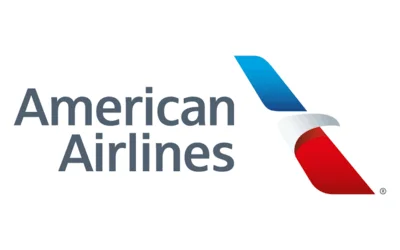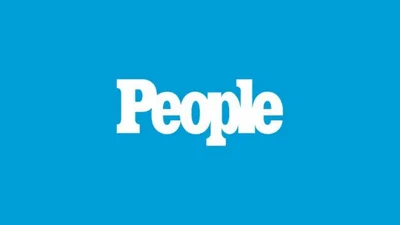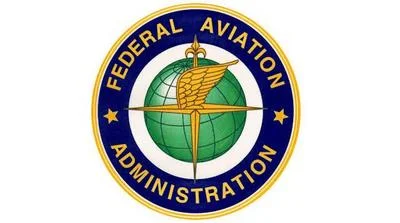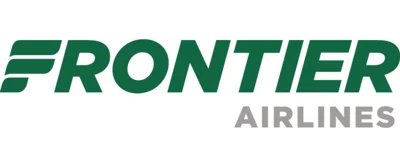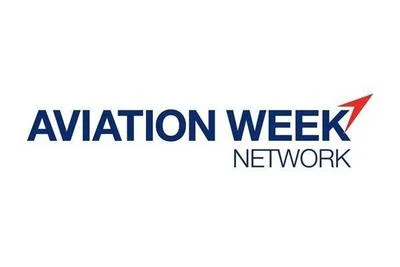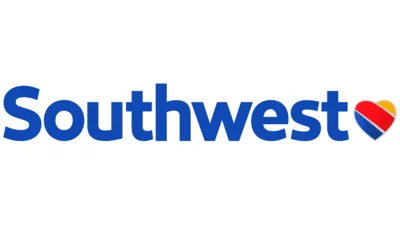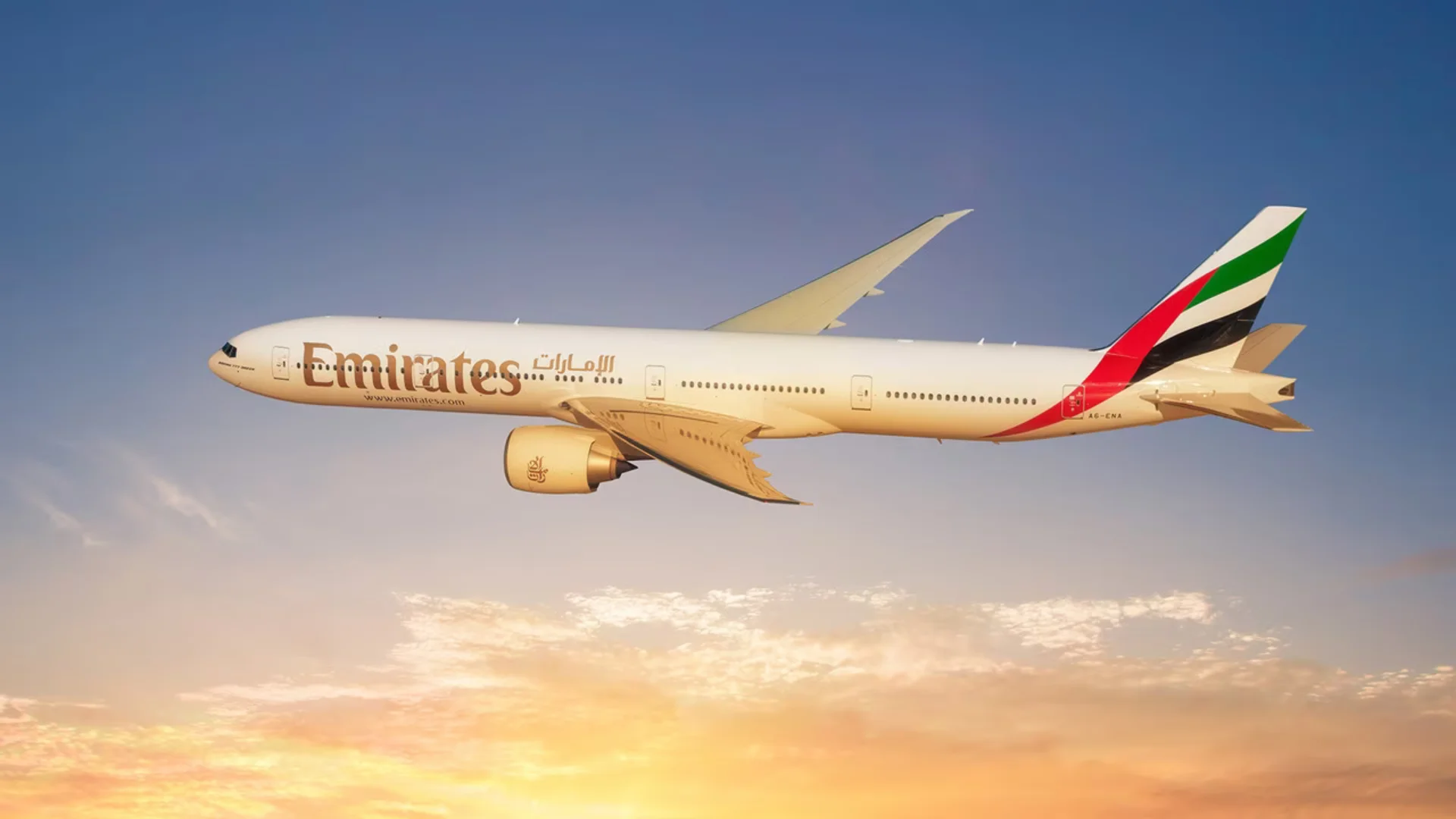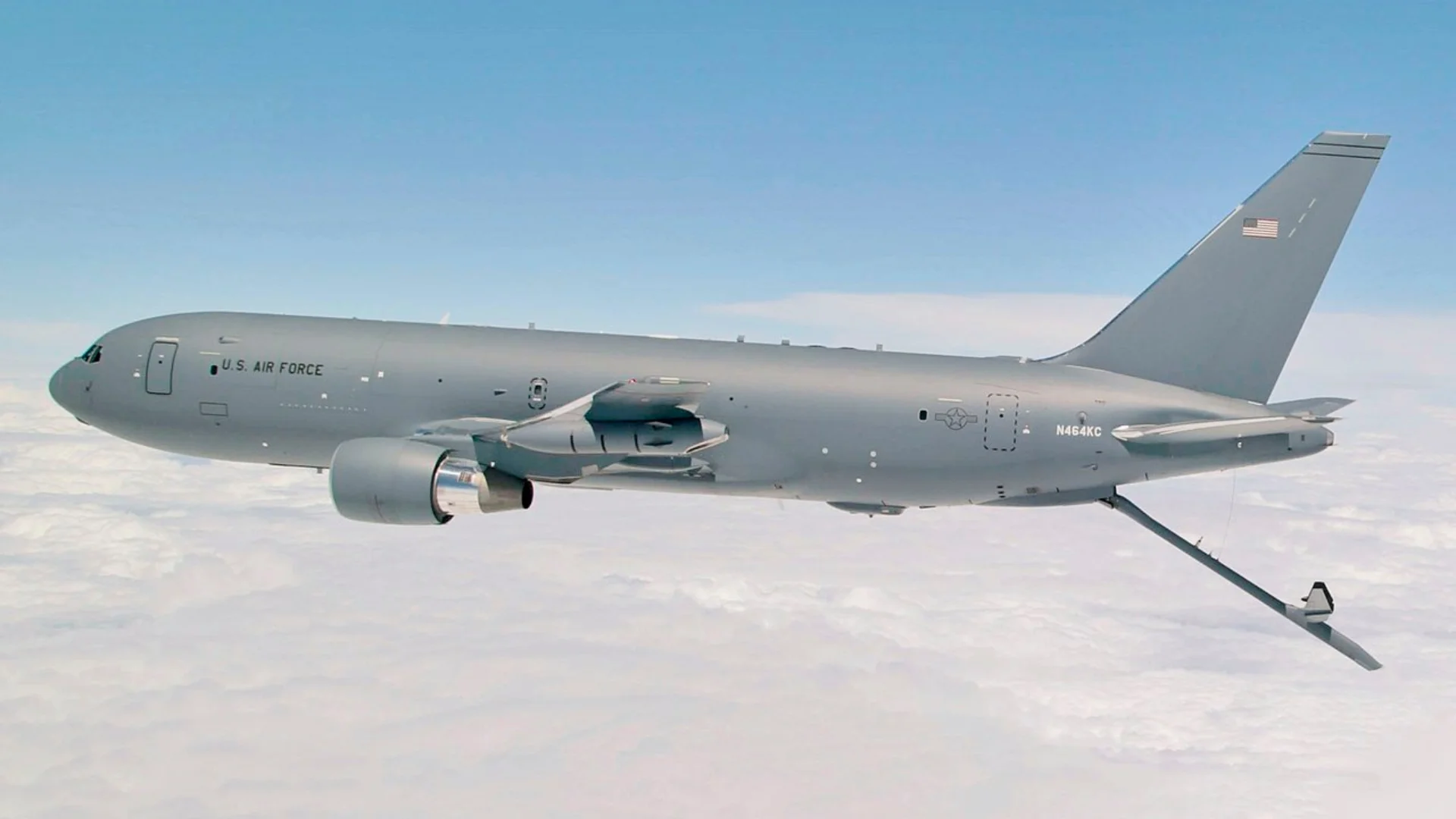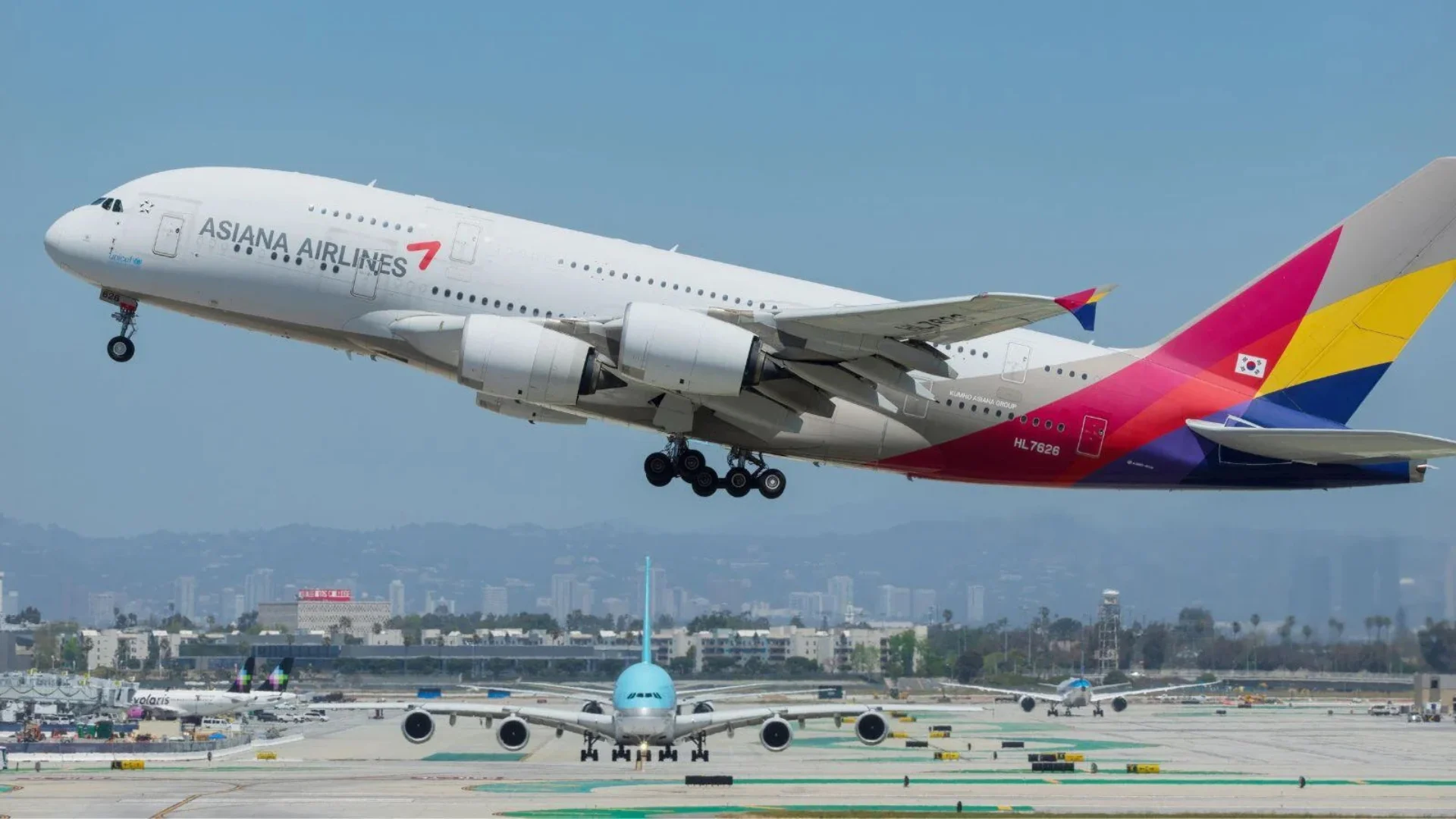Today, Delta operates a fleet of 78 A330s, including 11 A330-200s, 31 A330-300s, and 36 A330-900neos. The aircraft are deployed on routes that require range and capacity flexibility without exceeding demand. The airline's strategy allows it to match aircraft types with specific route demands efficiently.
Delta's decision to retain and expand its A330 fleet is driven by operational logic rather than mere continuity. The various models offer different capacities and ranges suitable for diverse market needs. For instance, the A330-200 is ideal for thinner transatlantic and transpacific routes due to its range of 7,275 miles and seating capacity of approximately 243 passengers.
Meanwhile, the larger A330-300 serves high-frequency routes between U.S. hubs and major European cities with a range of 6,330 miles and seating for about 282 passengers. The newer A330-900neo variant extends this further with improved fuel efficiency and modern cabin amenities.
Doug Steenland, another former leader at Northwest Airlines, highlighted how the A330 fleet was integral to "the greening of Northwest Airlines." Internal data from that era indicated that these aircraft enabled a significant increase in transatlantic flights while reducing fuel consumption.
Currently, Delta utilizes its A330s extensively across transatlantic routes and select domestic high-density paths. Scheduling data reveals over 4,000 scheduled flights using these aircraft in June 2025 alone.
Alongside its Airbus fleet, Delta continues operating older Boeing widebodies such as the Boeing 757s and 767s but is gradually shifting towards next-generation models like the Airbus A350. As part of this transition strategy, Delta placed an order for additional Airbus planes to support future growth plans.
As Delta evolves its widebody offerings further into modern models like upcoming deliveries from Airbus' production line-up (including planned additions such as more advanced versions), they aim at maintaining strong coverage across key international markets while ensuring cost-effective service delivery throughout their network operations globally—especially focused on premium long-haul segments where competitive advantages can be leveraged effectively against rivals within industry sectors worldwide today.
 Alerts Sign-up
Alerts Sign-up





